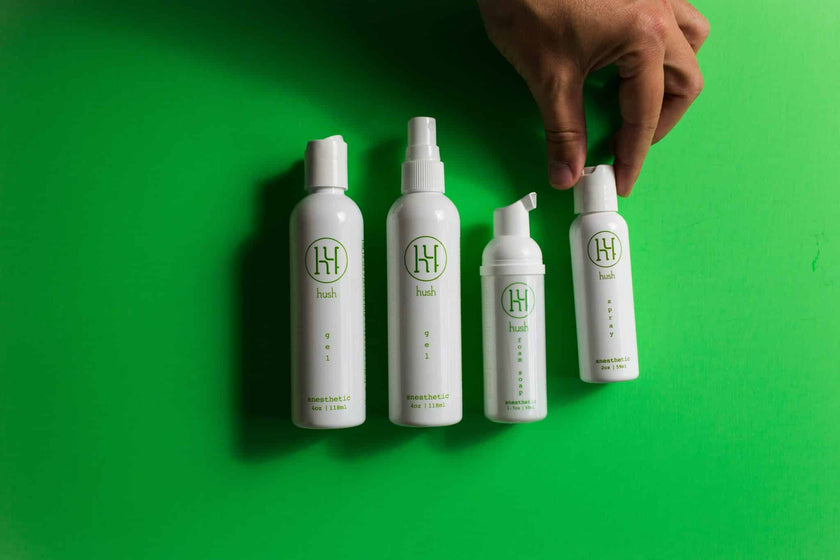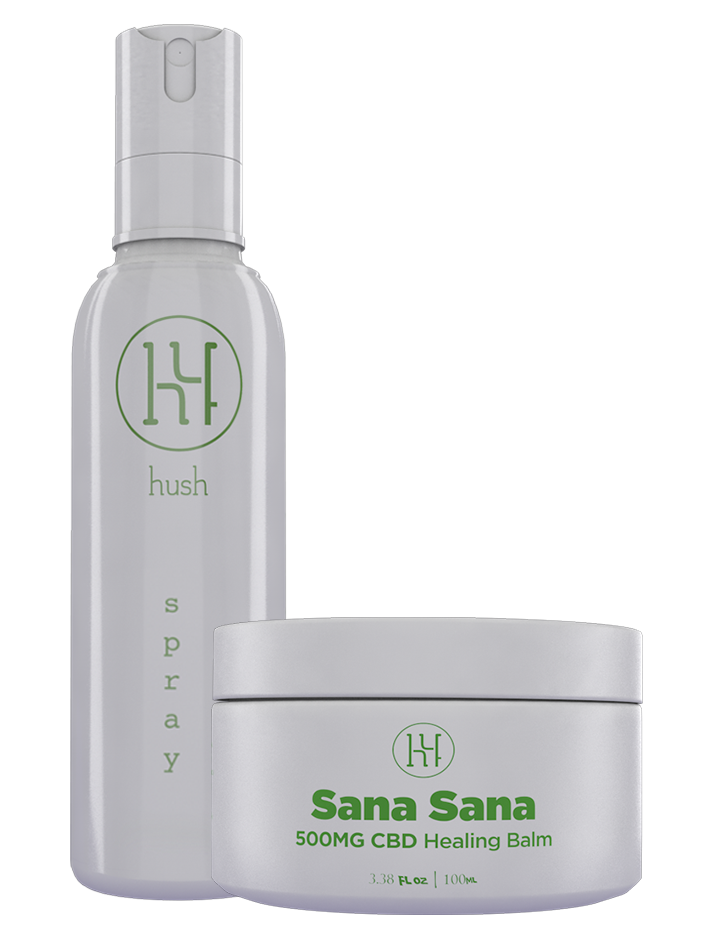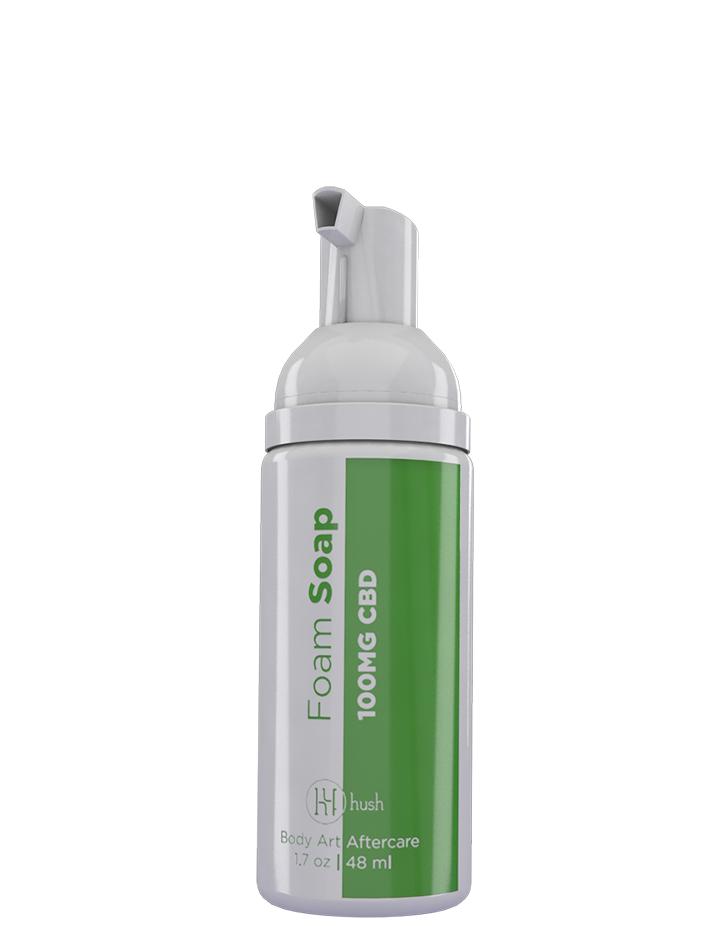The word tattoo has almost become synonymous with pain. For many, pain is a core part of the tattoo process. However, there are people who love the idea of getting a tattoo without the pain. Topical anesthetics have made it possible for those with low pain tolerance or those who simply opt out of the pain during a tattoo session to do so. But how do tattoo anesthetics work?
Does it really work?
Yes! The efficacy of a topical anesthetic can't be denied and have been proven time and time again. Its key ingredients; epinephrine, tatracaine, lidocaine, and benzocaine keep you from free any pain. These additives may also included in order to enhance the efficacy of the product; comfrey root, green tea, menthol, and aloe.

How do skin numbing anesthetics work?
Most over-the-counter topical anesthetics products will include up to 5% of lidocaine. The higher the percentage, the more effective it becomes in its numbing ability, thus making the tattoo process a lot more comfortable. Lidocaine decreases the sensation of initial sting when the tattoo needle first breaks the skin. Epinephrine, on the other hand, is a powerful ingredient that works as a vasoconstrictor. It makes the blood vessels tight, decreasing swelling and bleeding during the process. This numbing agent should be used with caution as it can cause tachycardia or increased heart rate. Unlike lidocaine, enzocaine and tetracaine act as nerve blockers that prevent most of the pain signals to reach the brain. This will lower pain levels by half after application.
Can you use skin numbing anesthetics with another product?
For most agents, including HUSH Gel, an average of 60 minutes is needed for skin to absorb ingredients and becomes effective. Be mindful, with products containing epinephrine, frequent application should not be fostered because of its tachycardic effects. To obtain maximum efficiency, a thick layer of tattoo numbing gel should be applied on area where tattoo will be placed. The area should be wrapped to encourage maximum absorption and would take 15-60 minutes for the intended effects to be felt. While preparing the skin, wash it with HUSH Soap to assist the effects of the HUSH Gel applied earlier. The soap contains lidocaine and other ingredients that will act as a booster for the numbing. For those with a low threshold for pain, a second layer of HUSH Gel can provide relief within 90 seconds - 5 minutes of application. It can be applied numerous times within the tattoo process to maintain a pain-free experience.
Feel the pain or go pain-free?
This boils down to personal preference. Many tattoo artists and enthusiasts believe feeling pain is an essential part of getting a tattoo. But the final decision will always end up with you. Still in doubt? Check out some tattoos completed using HUSH.




